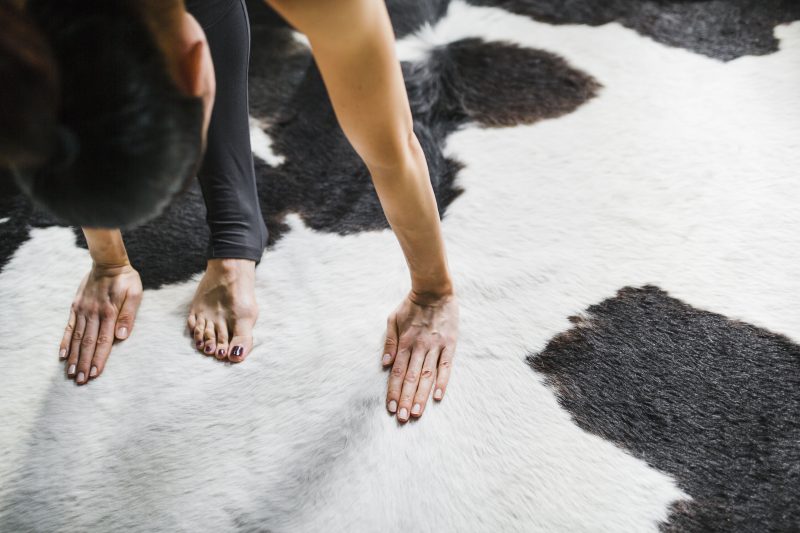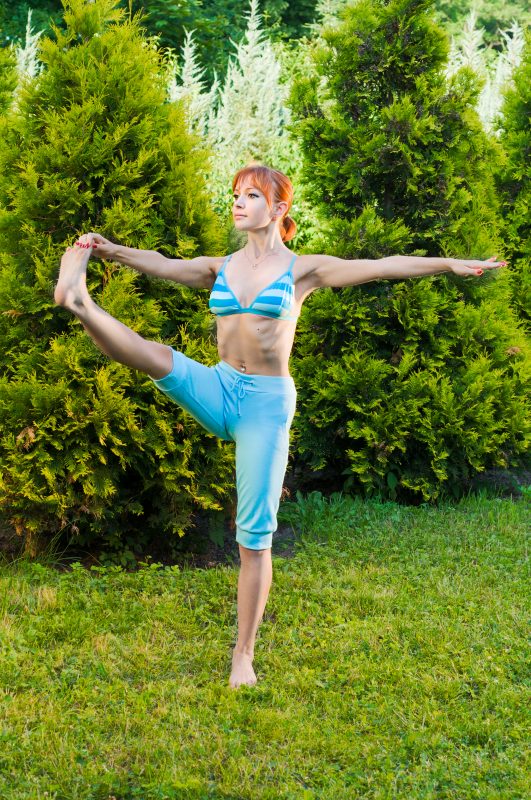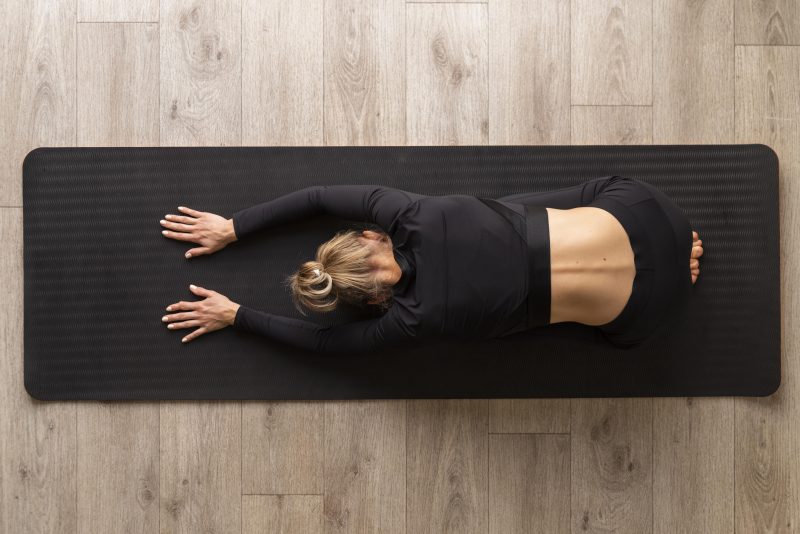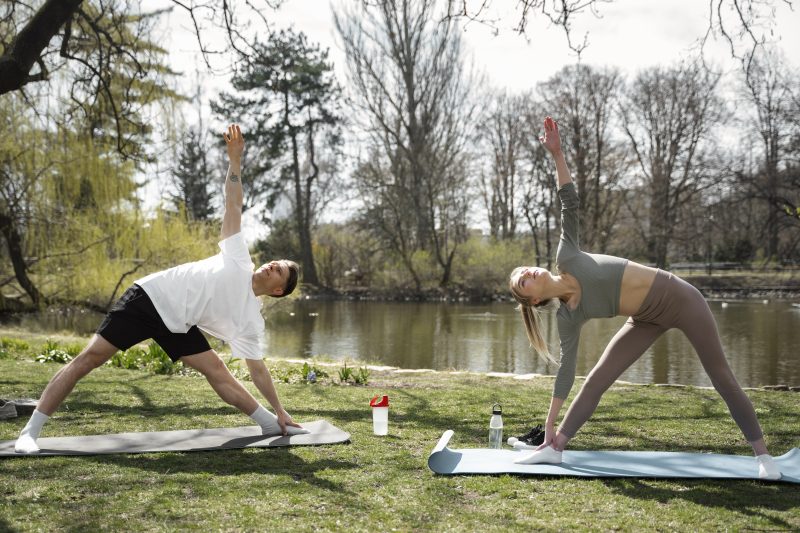Yoga mats have come such a long way from their humble beginnings.
The Evolution of Yoga Mats is a fascinating journey that mirrors the growth and adaptation of yoga itself.
Let’s dive into the History of Yoga Mats and explore how we transitioned from practicing on grass fields to using the sophisticated Modern Yoga Mat Designs we have today.

Traditional Yoga Mats: From Grass to Animal Skins
In the early days of yoga, practitioners didn’t have the luxury of cushioned mats.
Instead, they practiced on natural surfaces like grass, hard earth, or even animal skins.
Deer and tiger skins were particularly popular among ancient yogis for their insulation and non-slip properties.
Imagine trying to hold a downward dog on a slippery surface—no thank you!

The Birth of the Rubber Yoga Mat
Fast forward to the 1960s, and we meet Angela Farmer, a yoga teacher who revolutionized the practice by cutting a piece of foam carpet underlay to create the first rubber yoga mat.
This innovation provided better grip and cushioning, making yoga more accessible and comfortable for everyone.
It’s amazing how a simple idea can spark such a significant change, isn’t it?
The Rise of Sticky Mats
The 1980s saw the introduction of “sticky” PVC mats, which quickly became popular due to their enhanced grip and durability.
These mats allowed practitioners to hold poses more securely, reducing the risk of slipping and injury.
The Evolution of Yoga Mats was well underway, and there was no turning back.

Modern Yoga Mat Designs: Eco-Friendly and Functional
Today, yoga mats are designed with both the practitioner and the planet in mind.
Companies like Manduka and others have developed mats using eco-friendly materials that are biodegradable and non-toxic.
Modern mats often feature alignment guides to help yogis maintain proper form, and they come in various thicknesses to cater to different preferences.
Tips from a Yoga Instructor
- Choose the Right Mat: Consider your practice style and personal needs. If you practice hot yoga, look for a mat with excellent grip and sweat absorption.
- Maintain Your Mat: Clean your mat regularly to keep it hygienic and extend its lifespan. A simple solution of water and mild soap works wonders.
- Invest in Quality: A good yoga mat is an investment in your practice. Don’t be afraid to spend a little more for a mat that offers the support and durability you need.

The Future of Yoga Mats
As yoga continues to grow in popularity, we can expect further innovations in mat design.
Who knows what the next big thing will be?
Perhaps mats that adjust their thickness based on the pose you’re in or mats that provide real-time feedback on your alignment.
The possibilities are endless!
VR Yoga is another way that yoga is moving us into the future.
So, next time you unroll your mat, take a moment to appreciate the journey it has taken to get to you. Happy practicing! 🧘♀️
Frequently Asked Questions – The Evolution of Yoga Mats
1. What did early yogis use before modern yoga mats existed?
In ancient times, yoga practitioners performed asanas on natural surfaces such as grass fields, hard earth, or animal skins. These materials provided a direct connection to the earth and were considered sufficient for the practices of the time.
2. When was the first modern yoga mat introduced?
The first purpose-made yoga mat was developed in the 1980s by Angela Farmer, who repurposed a piece of carpet underlay to create a non-slip surface for her practice. This innovation led to the production of the first commercially available “sticky mats,” revolutionizing yoga practice by providing better grip and cushioning.
3. How have yoga mat materials evolved over time?
Yoga mats have transitioned from natural materials like grass and animal skins to synthetic materials such as PVC, which offered durability and grip. In recent years, there has been a shift towards eco-friendly materials like natural rubber, cork, and jute, reflecting a growing environmental consciousness among practitioners.
4. Why is the evolution of yoga mats significant to the practice of yoga?
The development of yoga mats has enhanced the safety, comfort, and accessibility of yoga practice. Modern mats provide cushioning to protect joints, non-slip surfaces to prevent injuries, and portability for practitioners to carry them easily, thereby supporting a more consistent and widespread practice.
5. Are there any cultural or spiritual considerations in the use of yoga mats?
Yes, traditionally, yoga was practiced on natural surfaces, emphasizing a direct connection with the earth. The introduction of synthetic mats has sparked discussions about maintaining the spiritual essence of yoga while embracing modern conveniences. Some practitioners prefer natural materials to honor traditional practices and environmental values.
